This article was originally published on museemagazine.com
Recent retrospective photobook Ballenesque is the first to be released that examines the titular artist Roger Ballen’s acclaimed 50-year career in its entirety. As well as including a generous sampling of his famous photographs, the book features extensive textual content that makes it a feast for the intellect as well as a pleasure for the eyes, beginning with a lengthy written introduction by NYU professor Robert JC Young. Therein, Young first tries to define the “Ballenesque”, which he eventually ends up localizing to four elements that combine to create the surreal and intimate images showcased, interspersed with sprawling paragraphs of biography and reflection by Ballen himself.
Ballen’s lifelong obsession with photography began at 13 with his first camera and was in full bloom by the time he received a Nikon FTn as a high school graduation present, a present he immediately put to work first at New York City’s Sing Sing Prison and soon after in the St Louis streets. The artist is a deep thinker and profoundly affected by the world around him is evident in his prose as well as his photographic work, which he describes as largely motivated by his “existential yearning”. He traces the development of his signature style in enthralling detail that often shimmers with a poet’s lyricism and profundity, though the most powerful things that his book has to say are the things that language could fail to encompass.
While an early project Boyhood movingly explores the “unique period in life” in which “boys experience the world outside the boundaries of home for the first time”, Ballen’s signature aesthetic does not fully emerge until he becomes fascinated with South African “dorps”, or small towns, a subject matter that would provide the physical landscape for the rest of his career and mark the beginning of his journey into the recesses of the unconscious itself. The “underprivileged” South Africans he chooses to focus his lens on are seldom visually pleasing ones, often elderly, obese, poor, or even deformed as in a Teenager With a Glass Eye or a Half-Blinded toddler. To Ballen’s American audiences, these are strange figures from a land far away, but what we find shocking about them is not their alien-ness but their familiarity. The vulnerable and unguarded expressions we find on their faces humanizes them, clearly expressions of a primal pain and breathing soul that is common to us all.
However, feeling that they distract from the more meaningful aspects of his images, Ballen eventually decides to excise faces from his work entirely. This is a key feature emphasized in shots like Head Inside Shirt and Headless and a decision that allows Ballen to further utilize the cartoonish chalk drawings that permeate his work[LB1] . The tension between these childish representations and what they stand for in Man Drawing Chalk Faces is truly chilling, as are shots like Broken Bag and School Room which respectively feature both a real goat and rooster and their likenesses, making our reality seem just as insubstantial and impermanent as a sketch on a paper bag.
The use of animals as described above are another frequent feature of Ballen’s photography as he strives to search for the “animal in the human being and the human being in the animal”. Rabbits, snakes, spiders, and rodents of all types take a central role and are made to reflect our own terrifyingly hollow natures. This is occasionally amusing, as when an obese man cradles a hog he clearly resembles in Brian with Pet Pig, but becomes unsettling when a distressed Cat in Fish Tank seems to radiate human anguish or when a boy Cat Catcher appears with a wire cage over his own head while holding another cat captive by its scruff, the two wearing almost identical expressions. When we see, later, the decaying skeleton of a bird, we cannot help but think of the bones we ourselves will become.
Constantly plagued by questions of chaos versus order in the universe, Ballen eventually came to the conclusion that the only order to be found was the one that he imposed himself, giving him license to imbue ordinary objects with a frightening symbolic resonance. A hanger becomes sinister when it frames a man’s head in Hoodwinked and an emaciated man appears Dejected as he stares listlessly at a meaningfully unlit light bulb, a windowless wall behind him. Even simple spirals of wire can become haunting externalizations of sadness in shots like Courtyard View and Farmworker. Though the abundance and depth of this visual “feast” also makes it hard to swallow, Ballenesque is an essential addition to the bookshelf of anyone passionate about the photographic arts or the human condition. Flipping through its 365 unforgettable, eerie, and harrowing pages, many of which take us head to head with mortality and despair, one feels as if they are drifting through a very strange dream; or perhaps a nightmare.
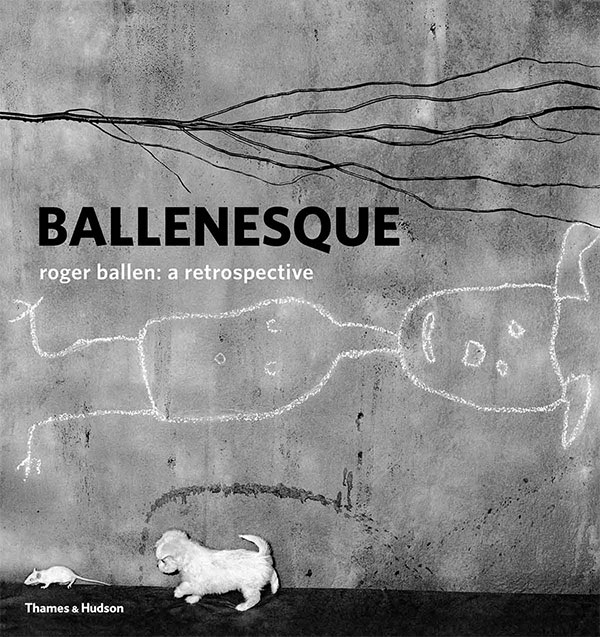
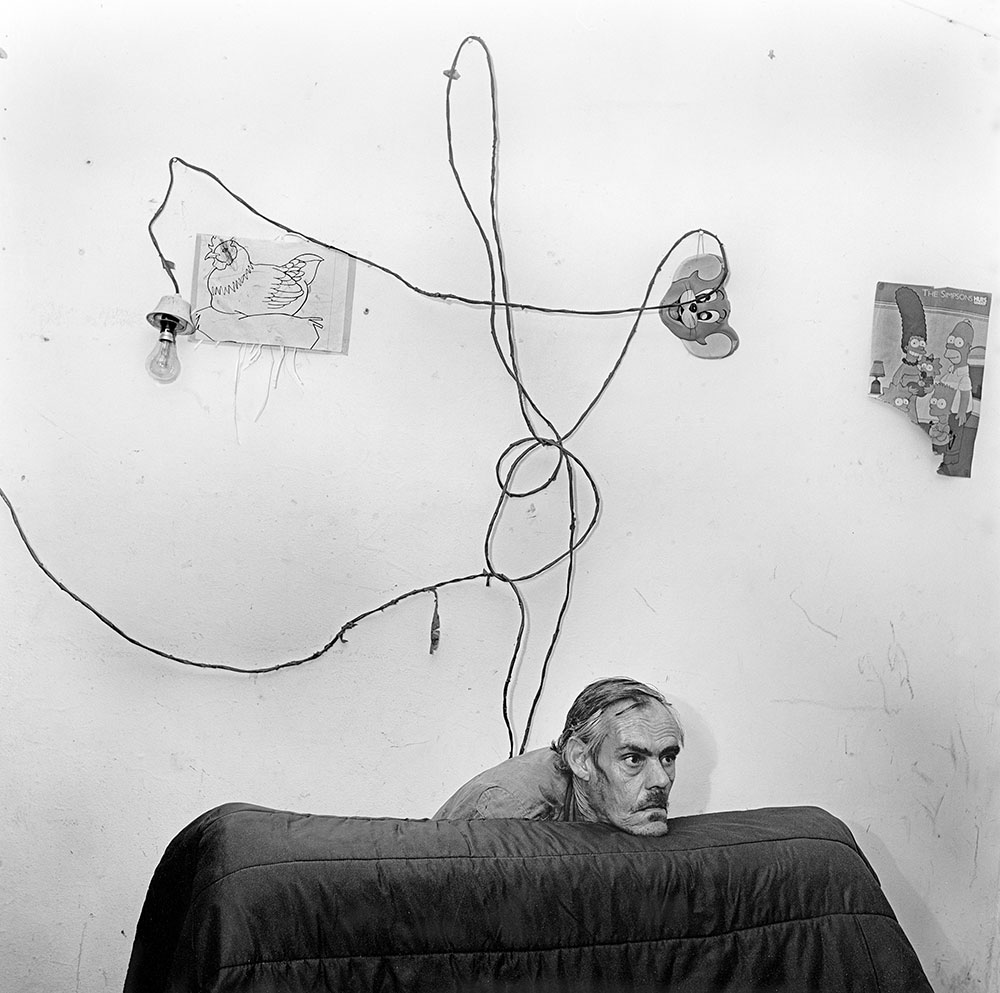
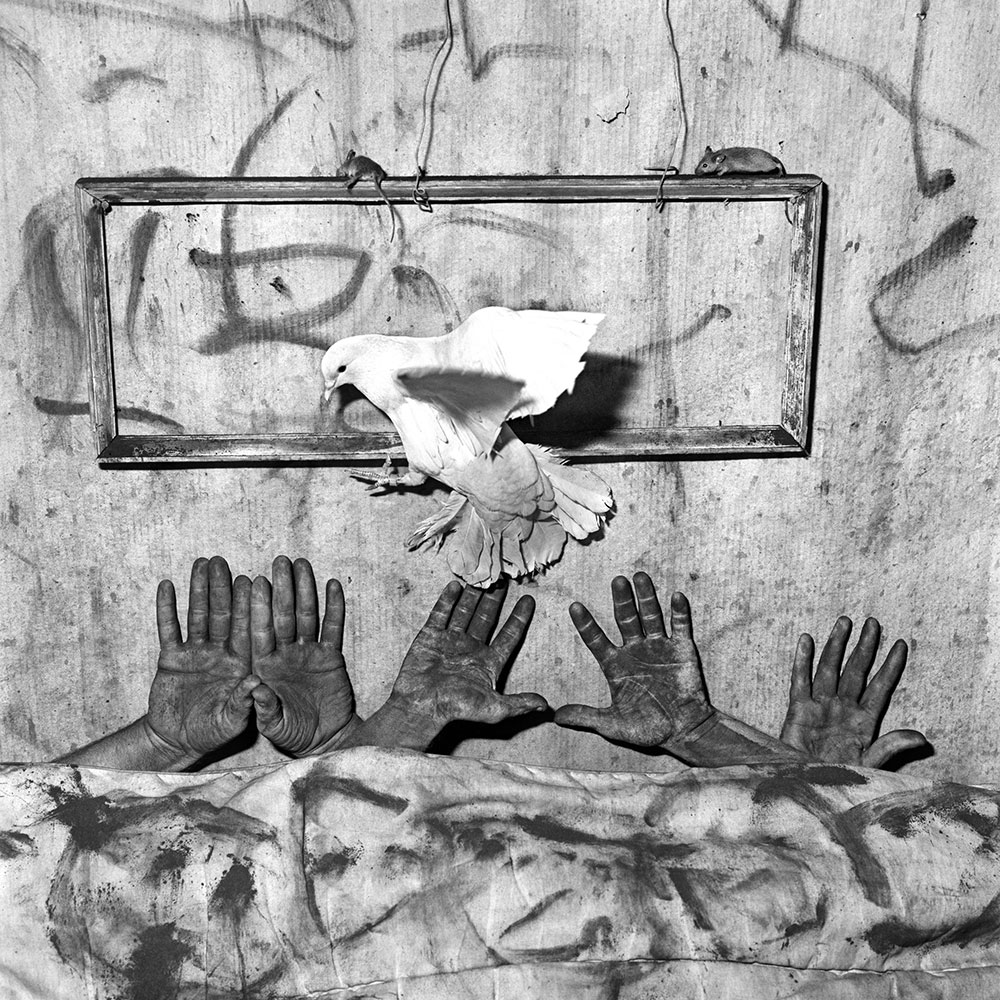
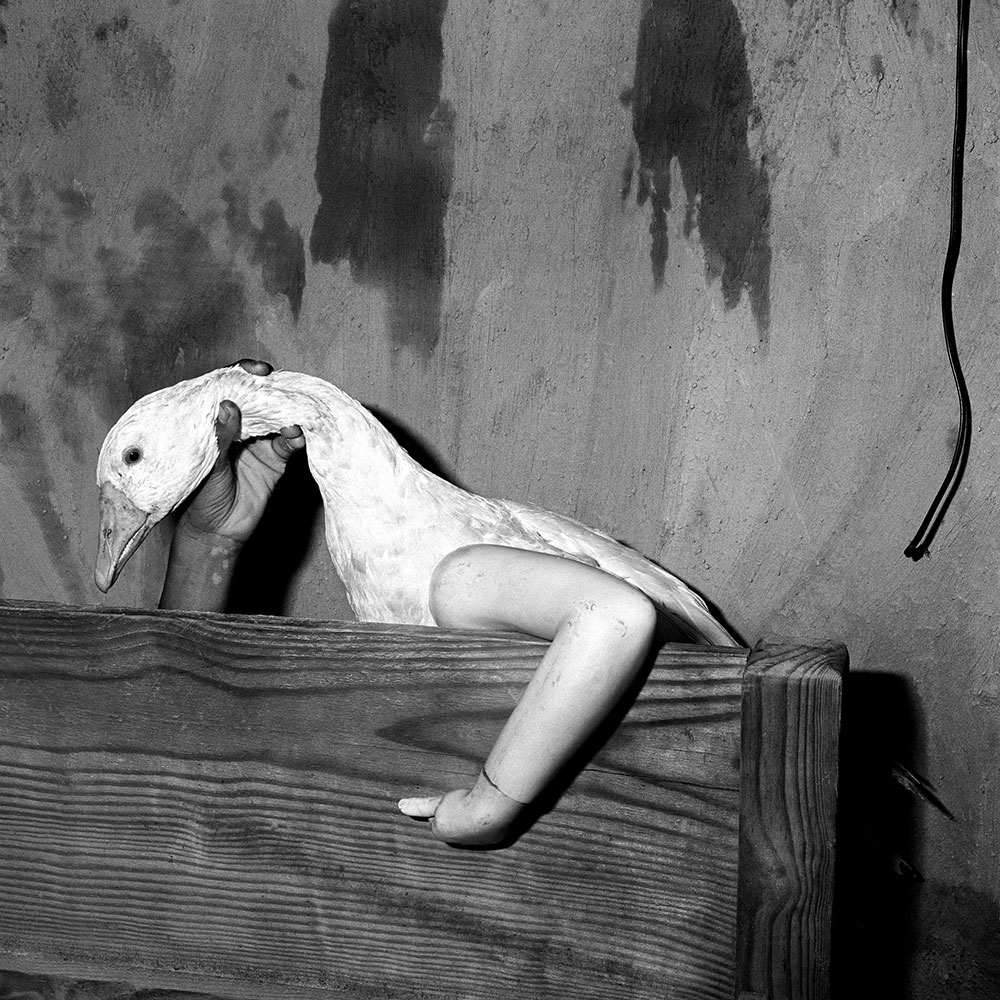
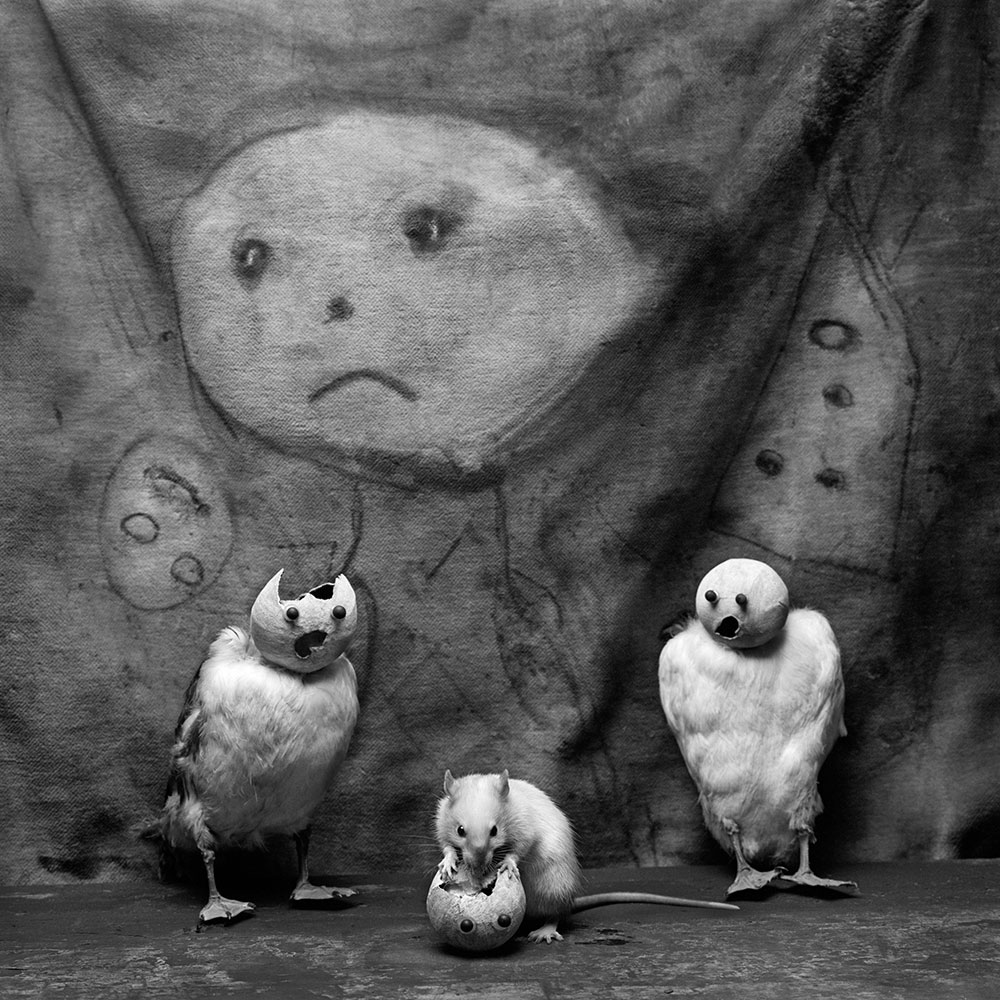

Comments are closed.